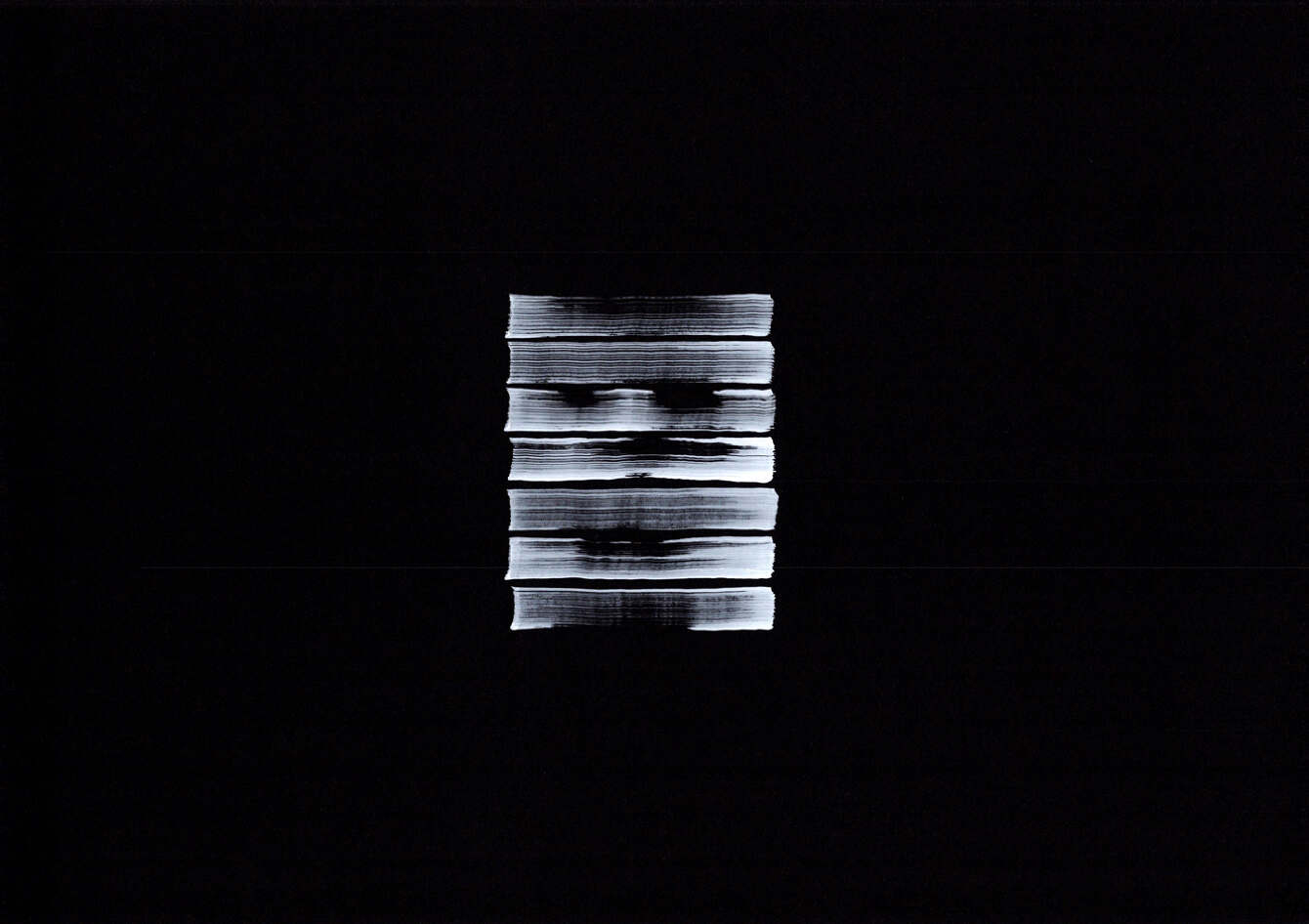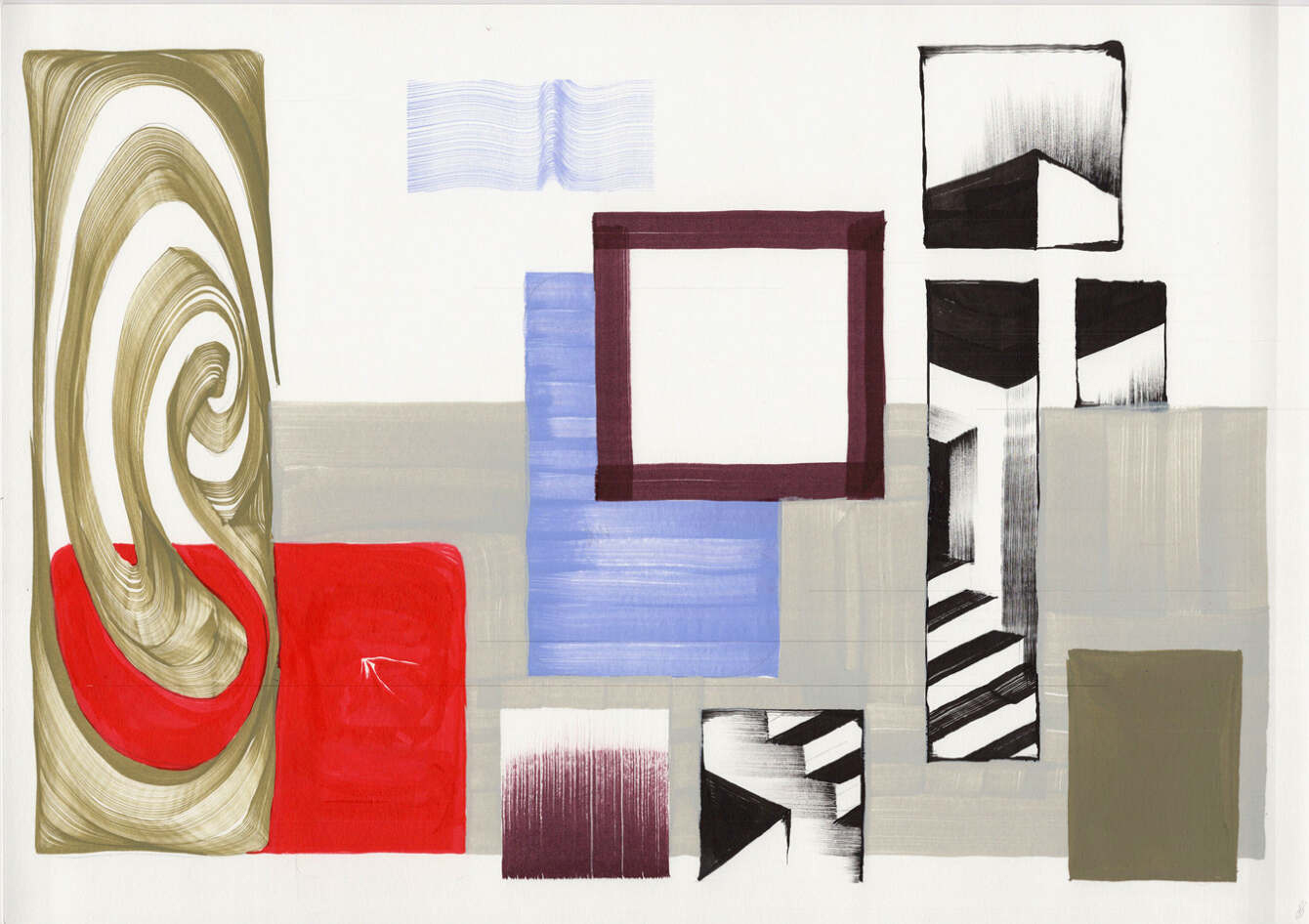The idea of a film score seems clear enough. Writers, directors, and editors make a visual story, then composers enhance it with songs, cues, and themes. But things are never so straightforward in practice. Music is always a part of the process, whether in the screenwriter’s choice of accompaniment (Tarantino chooses film music as soon as he has an idea for a film), the director’s mood during filming, or the “temp score” editors use. Musicals are obvious exceptions, but on the whole, story and images come first, if not in the process, then in the viewer’s imagination.
A music video works differently, “scoring” prerecorded music with images, which then become accompaniment, a secondary part added later as enhancement. It is “an undertaking Vincent de Boer knows well,” Grace Ebert writes at Colossal. “The Netherlands-based artist has been working with the jazz quartet Ill Considered since 2017, listening to the band’s largely improvised melodies and creating abstract animations, alongside stills for its 11 album covers, to match.” In his most recent collaboration with the band, however, de Boer got to take the lead.
“The Stroke” began with a painstaking animation that took two years to complete, a process you can see documented in the making-of video above. “With the help of his creative partner Hans Schuttenbeld, de Boer hand-drew 4,056 frames that range from dark, geometric shapes to gangly creatures to scenes that morph from one trippy composition to the next.” De Boer describes the six and a half-minute piece as “the story of a brushstroke: a trace of a movement performed by the artist with his instrument, the paintbrush.”
Once de Boer finished the film, he passed it on to Ill Considered, “who recorded an entirely improvised track on its first viewing.” The two come together at the top in a music video that “matches the jazzy riffs with de Boer’s shapeshifting sequences in a cohesive conversation between the two artforms.” Can we call it a “music video” in a traditional sense? Or a kind of ekphrasis in sound? Would we know, without the backstory, that the images came first?

Ill Considered has also released “The Stroke” as an LP, “packaged with 12 of de Boer’s original artworks on the cover and inside” (see a selection above and below)–a further challenge to our seeming desire to rank sound and image. Which came first? Does it matter? Can we see what Ill Considered heard when they improvised over de Boer’s swirling drawings? Can we hear what de Boer was playing with the “instrument” of his brush? One thinks of the synesthesia of Kandinsky, who saw music in his paintings, and of David Bowie, sitting in his blue room, wondering about the gift of sound and vision….


via Colossal
Related Content:
Spheres Dance to the Music of Bach, Performed by Glenn Gould: An Animation from 1969
Josh Jones is a writer and musician based in Durham, NC. Follow him at @jdmagness


The animation is really cool=well done. It is way better without the soundtrack. I found the music so annoying I had to turn it off. The percussion is especially horrific. It simply DOES NOT FIT. The visuals are not metrically cadenced. I would have chosen something like solo shakuhatchi-the sax is a poor choice here. I would have looked to something more John Cagey. Something more abstract-more organic. If you had to have sax, I would have consulted Ornette Coleman were he alive.
The music you have for sure is too dominant. I really hope you re-think the sound. This piece is not finished.